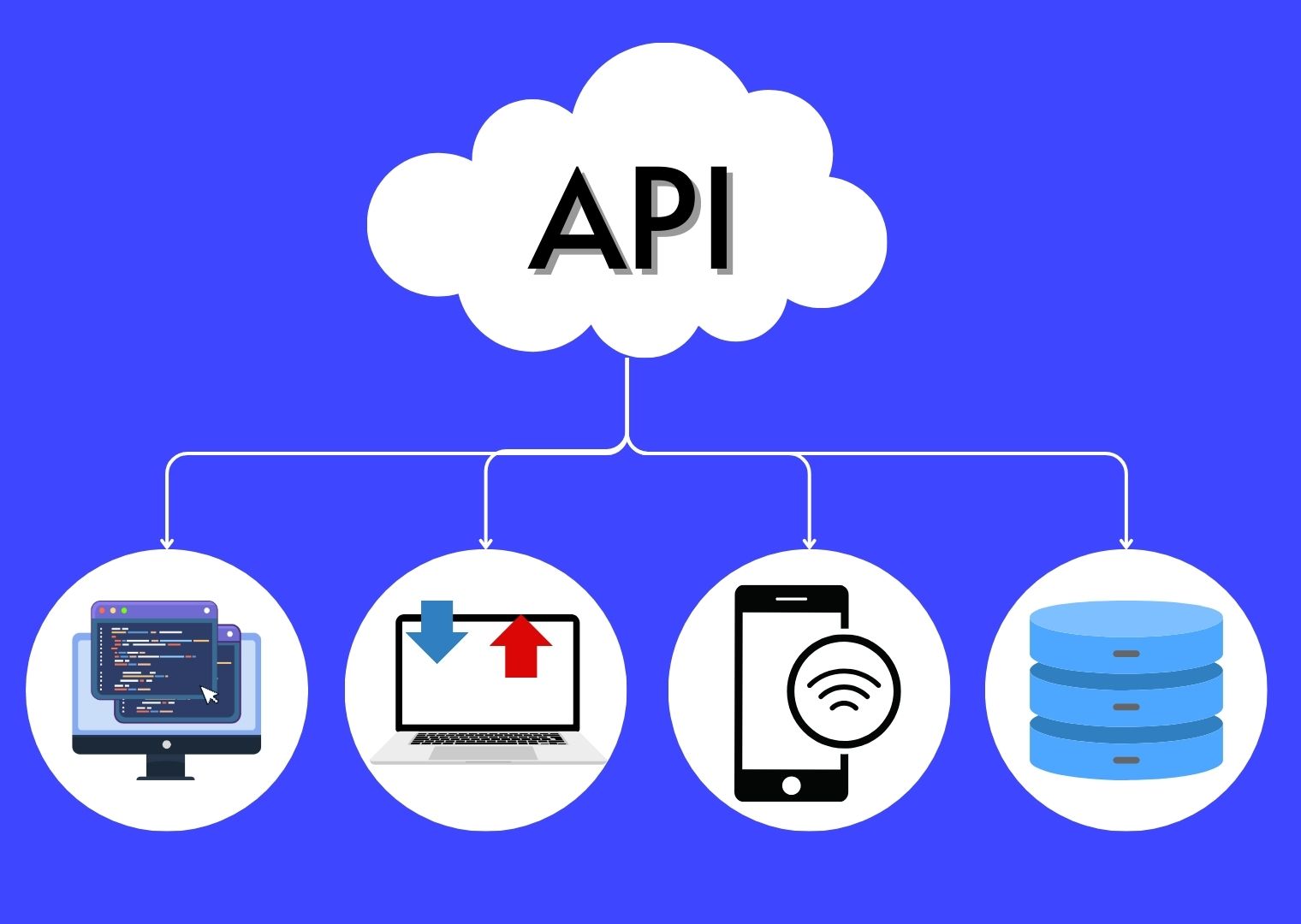A Closer Look at APIs and Their Vital Role in Web & APP Technology

Have you ever wondered how apps on your phone or features on websites magically communicate with each other? The answer lies in a powerful tool called an API (Application Programming Interface). Don't let the technical term intimidate you; APIs are essentially the behind-the-scenes messengers that make the digital world tick!
Imagine you're in a restaurant. You (the user) tell the waiter (the app) what you want (your request). The waiter relays your order (the data) to the kitchen (the external service). The kitchen prepares your food (processes the data), and the waiter brings it back to you (delivers the response). That's essentially how APIs work!
Here's a breakdown of the key players in the API game:
API Provider: This is the "kitchen" in our analogy. It's the company or organization that offers services or data through the API. Examples include weather apps using weather service APIs or social media apps using APIs from platforms like Facebook or Twitter.
API Consumer: This is the "waiter" and can be another application, website, or even a piece of software. It uses the API to access the services or data offered by the provider.
API Request: This is your order at the restaurant. It's a specific message sent by the API consumer to the provider, asking for something specific, like weather data or social media updates.
API Response: This is your delicious meal delivered by the waiter. It's the data or service sent back by the provider in response to the consumer's request.
Here's why APIs are so important:
Connect the Dots: They allow different applications and services to exchange information seamlessly. Imagine a travel app that uses a map API to display locations and a weather API to show forecasts for those destinations. APIs enable this smooth integration.
Enhanced Functionality: Apps can leverage APIs to offer features they wouldn't be able to build themselves. A music streaming app might use an API to suggest songs based on your listening history or connect with social media platforms to share your playlists.
Faster Development: Developers can avoid reinventing the wheel by using existing APIs. This saves time and resources, allowing them to focus on building innovative features and functionalities.
Let's explore some real-world examples of APIs in action:
Social Media Logins: When you sign in to a website using your Facebook or Google account, an API is handling the communication in the background, verifying your identity and sharing basic information with the website.
Travel Booking Apps: These apps use APIs to search for flights, hotels, and rental cars from various providers, offering you a comprehensive selection in one place.
Weather Updates: Weather apps rely on weather service APIs to access real-time information about temperature, precipitation, and forecasts.
But wait, there's more! APIs aren't just for tech giants. Here's some good news:
Open APIs: Many companies and organizations offer open APIs, meaning anyone can access and use them to build new applications or services. This opens up a world of possibilities for developers and entrepreneurs.
Empowering Individuals: Whether you're a developer, student, or curious individual, you can learn about APIs and explore the possibilities they offer. Many providers offer clear documentation and tutorials to get you started.
So, the next time you use an app that seems to magically connect with other services or provides data in real-time, remember, it's likely powered by an API, the invisible but essential ingredient in the digital world's recipe!
Here are some additional points to consider:
Security: APIs need to be secure to protect sensitive data. Providers implement various security measures to ensure safe communication.
Documentation: Good APIs come with clear and concise documentation that explains how to use them effectively.
The Future: APIs are constantly evolving, opening up new possibilities for innovative applications and services in the future.
By understanding the basics of APIs, you can appreciate the complex ecosystem behind your favorite digital tools and even explore building something new yourself!

